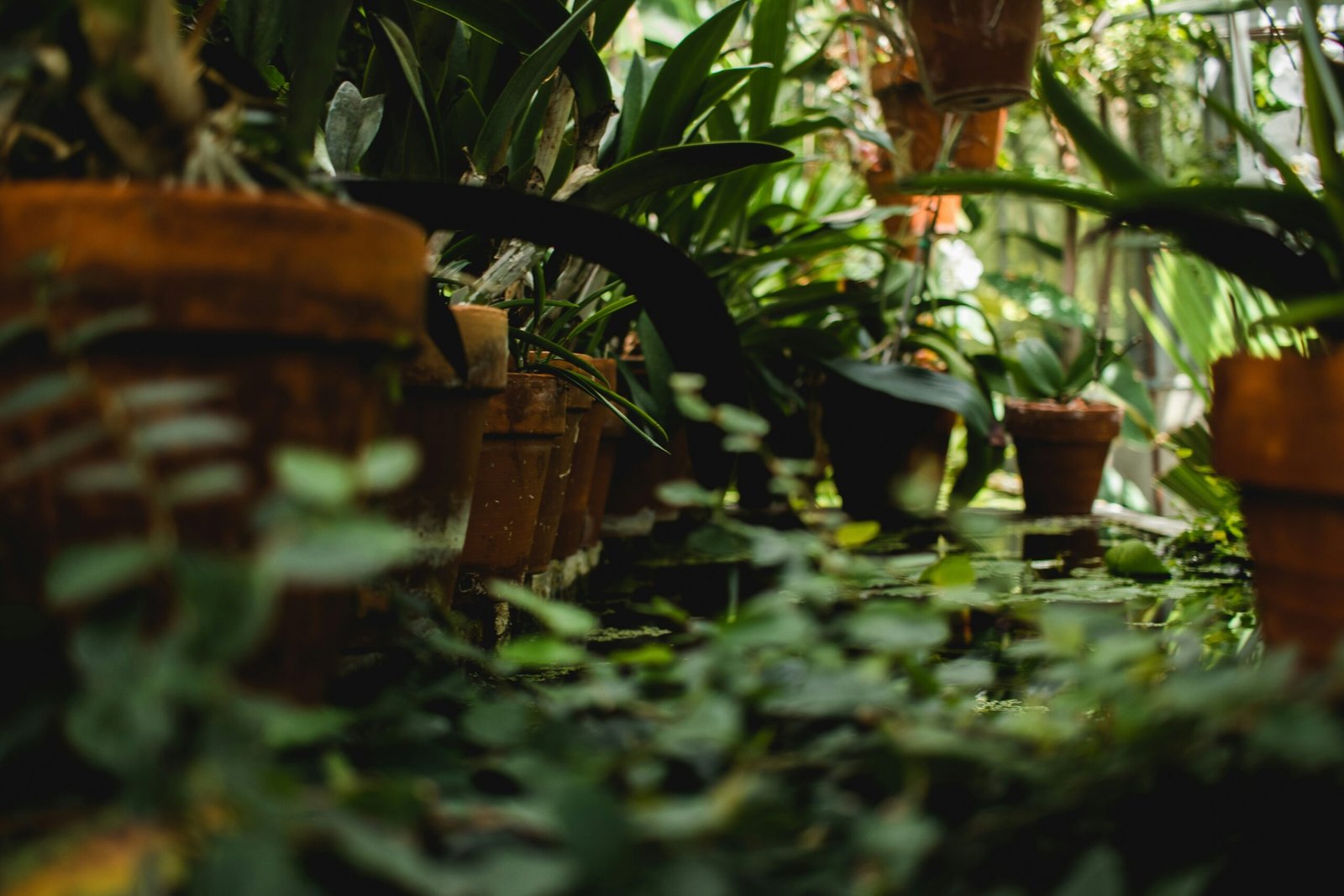Starting an indoor garden is a rewarding way to bring nature into your home, even if you’re a beginner. With the right approach, you can create a thriving indoor garden that not only beautifies your space but also improves air quality and boosts your mood. Here’s a step-by-step guide to help you start indoor planting from the basics.
1. Choose the Right Plants:
Begin by selecting plants that are well-suited to indoor conditions and are easy to care for. Some beginner-friendly options include snake plants, pothos, spider plants, and succulents. These plants are resilient and can tolerate a range of light and watering conditions, making them perfect for novice gardeners.
2. Find the Right Location:
Assess the natural light in your home to determine where to place your plants. Most indoor plants prefer bright, indirect light, so a spot near a window with filtered sunlight is ideal. If your home lacks sufficient natural light, consider using grow lights to supplement and ensure your plants get the light they need.
3. Use the Right Soil:
Indoor plants need well-draining soil to prevent root rot. Most houseplants thrive in a standard potting mix, but some, like succulents and cacti, require a specialized soil blend with added sand or perlite for better drainage. Be sure to choose the right soil for your specific plants to provide the best growing conditions.
4. Select the Right Containers:
Choose pots with drainage holes to prevent water from accumulating at the bottom, which can lead to root rot. The size of the pot should match the plant’s root system; avoid pots that are too large as they can retain too much moisture. Terra cotta pots are a popular choice because they are porous, allowing excess moisture to evaporate.
5. Establish a Watering Routine:
Proper watering is key to indoor plant health. Overwatering is a common mistake, so it’s important to let the soil dry out slightly between waterings. Check the moisture level by sticking your finger an inch into the soil—if it feels dry, it’s time to water. For most plants, watering once a week is sufficient, but this can vary depending on the plant and environment.
6. Monitor Humidity and Temperature:
Most indoor plants prefer a temperature range of 65°F to 75°F (18°C to 24°C) and moderate humidity. If the air in your home is dry, especially in winter, consider using a humidifier or placing a tray of water near your plants to maintain adequate humidity levels.
7. Feed Your Plants:
To keep your indoor plants healthy and growing, use a balanced, water-soluble fertilizer every few weeks during the growing season (spring and summer). Be careful not to over-fertilize, as this can harm your plants.
Starting indoor planting from the basics is all about selecting the right plants, providing them with proper care, and creating a suitable environment. With patience and attention, your indoor garden will flourish, bringing life and beauty to your living space.

